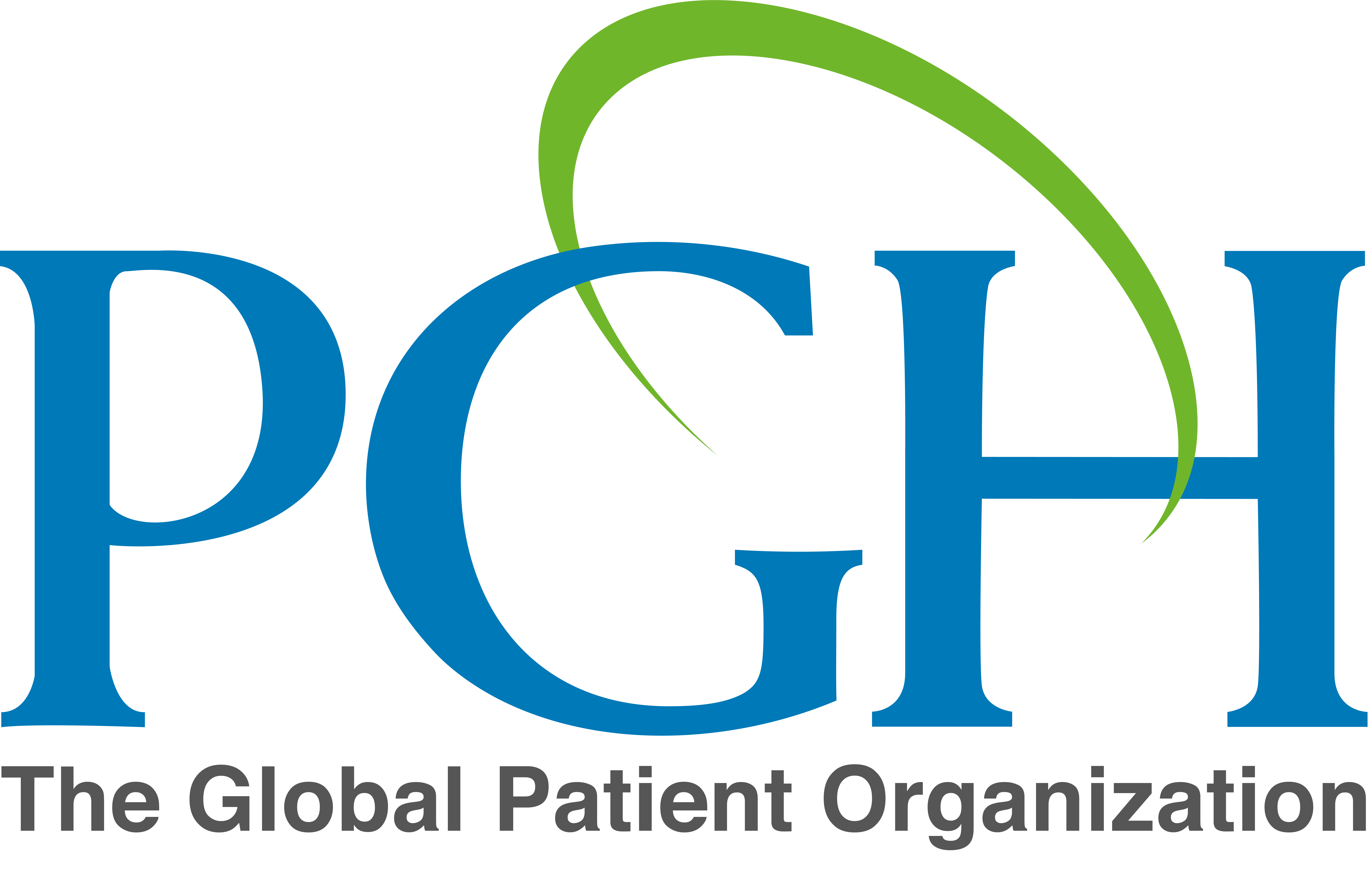Prostate Cancer and Father’s Day
June 1, 2021
June gives us the opportunity to celebrate fathers, fatherhood, and find out what prostate cancer is really about.

Prostate cancer is the second most common cancer globally diagnosed in men. Although it is widely spread, prostate cancer is not as deadly as it once was. But the impact on life quality and the effectiveness of treatment does vary depending on the stage of cancer in which it is detected.
For this reason, it is important to understand how to prevent prostate cancer, detect it early, and take action to improve the health and wellbeing of fathers and father figures.
First things first, what’s a prostate? The prostate is a gland in males the size of a golf ball located below the bladder and in front of the rectum. It is responsible for making the fluid that forms semen. When the cancer has spread, or metastasized, beyond the prostate gland, it is considered “advanced”. In this stage it is common for cancer cells to reach the bones first.
Clarifying Myths About Prostate Cancer
“A death sentence.” Over the last 30 years, survival (of 10 or more years) has improved dramatically around the world. This is largely due to earlier diagnoses from improved testing for Prostate Specific Antigen (PSA) used in screening of men without symptoms of the disease as well as more effective treatments for both early and advanced cases.
“High PSA levels mean cancer.” High levels of PSA may not be due to cancer. All prostate cells, normal or cancerous, produce PSA proteins. High levels can be made by normal prostate tissue or by prostate cancer cells. But if PSA levels keep increasing, it is likely because of cancer. Elevated levels of PSA are often referred for a biopsy or lead to further testing for cancer by urologists.
“It will not happen to me, or only when I am over 65.” While it is true that age is the principal risk factor for developing prostate cancer, there are certain prostate cancers that can be found in men as early as their forties. The key with detection is understanding the difference between harboring a prostate cancer that will never likely cause harm and having aggressive prostate cancers that need active treatment.
Treatment plans may range from “active surveillance” of less serious cancers with follow-up and regular monitoring, to radiation or minimally invasive robotic assisted surgery, both of which have high success rates.
“Advanced cancers cannot be treated.” Even if prostate cancer has advanced beyond being curable by radiation or surgery, men who are treated can live a long time. New effective drugs have been introduced over the last decade and ways to manipulate hormones. These treatments help make prostate cancer a more manageable chronic disease with higher chances of survival chances and quality of life.
“It will cause impotence or incontinence for the rest of my life.” A majority of men will experience some type of erectile dysfunction for the first few months after prostate cancer treatment. Within one year after treatment, nearly all men with intact nerves will see a substantial improvement towards pre-treatment function. The reason this occurs is because the prostate is located next to several nerves, adjacent to the bladder, and the urethra runs through it.
Men are more at risk of not fully recovering function if the cancer is aggressive and widespread, meaning surgeons need a wider margin, or if they undergo medical procedures not designed to minimize side effects or that are performed by physicians who are not proficient in the procedure. Men with other diseases that impair the ability to maintain an erection, like diabetes or vascular problems, will have a more difficult time returning to pre-treatment function.
Skilled and experienced surgeons are more successful in leaving important areas intact. If dysfunction or major problems persist, urologists can help address post-surgery.
Prevention and Self-care
The best thing fathers can do for themselves is to take care of their physical and emotional health and wellbeing.
Older age is the main risk for cancer. Family history is also a risk factor. Meta-analyses have shown that prostate cancer risk is 2-3 times higher in men whose father or brother have had the disease, and almost 2 times higher in men with a second-degree relative, like a grandfather, uncle, nephew, or half-sibling. Studies have also shown that risk goes up about 20% in men whose mother experienced breast cancer, but this effect does not extend to men who have sisters with the same condition.
Environmentally, men exposed to pesticides have been found to have a 33% higher risk of prostate cancer compared to non-exposed groups.
While it is not possible to change factors such as genetics or age, actively managing existing health issues will help protect health and improve well-being.
Diet plays an important role in the prevention of prostate cancer. Eating nutritious food and making time to share it with your close ones is a good way to teach the importance of healthy eating habits.
- Add green tea, tofu, and soy. Studies say that certain food present in Asian diets, like non-fermented soy products, are associated with a 25-30% reduced risk of prostate cancer. Clinical trials have found that these food help lower PSA levels by blocking damaging effects of androgen hormones.
- Avoid charred meat. Frying or grilling meat at high temperatures may produce a chemical compound that leads to cancer.
- Reduce fat. Avoid trans-fat and saturated fat and consume healthier ones with beneficial omega-3 fatty acids found in certain fish, nuts, and seeds.
- Eat more fruits and vegetables. Beyond being good for you, they are protective. The antioxidant lycopene, found in cooked or processed tomatoes, has been seen to slow the growth of prostate cancer cells. Cruciferous vegetables like broccoli and cauliflower have a cancer-protecting compound called sulforaphane.
- Take vitamin D. Particularly if you get limited sun exposure or have metabolic problems, make sure to consume vitamin-D rich foods like cod liver oil, dried shitake mushrooms, wild salmon, or supplements.
Keep a healthy body weight. Obesity is linked to aggressive forms of prostate cancer and a higher chance of the cancer returning. A study from Europe found prostate cancer risk may be 30% higher in men with metabolic syndrome, characterized by abdominal overweightness or obesity, ineffective insulin use, diabetes, and hypertension. It can also interfere in testing, making it harder for doctors to detect prostate cancer early.
Exercising regularly reduces the risk of prostate cancer. It boosts your moods and immune function, reduces inflammation and weight, and counters the effects of a sedentary lifestyle that can come from sitting all day. Furthermore, it clears your mind and helps you manage stress.
Taking up a sport or performing physical activities with your kids or grandkids not only builds your overall health but your relationship with your family too. Outdoor activities have the added benefit of tapping into nature and practicing mindfulness.
Stop smoking and drink less. These two changes will lower your cancer risk and improve the well-being of those around you.
Keep regular medical check-ups. Do not ignore anything that feels out of the ordinary. Routine testing is important. Men who have a family history of the disease should be checked annually, particularly over the age of 50, but can start at age 45. Methods for early detection include a PSA test together with a digital rectal examination and an ultrasound normally performed by a urologist.
Sources:
- Dana Farber Cancer Institute. “Cancer MythBusters: Prostate Cancer Myths”.
- Johns Hopkins Medicine. “Erectile dysfunction after prostate cancer”.
- Cancer Research UK. “Prostate cancer risk”.
- Philippine Council for Health Research and Development.
- Johns Hopkins Medicine. “Prostate Cancer: Prevention”.
- Johnson MH, Johns Hopkins Medicine. “Combat Prostate Cancer with Exercise”.
- Esposito K, Chiodini P, et al. “Effect of metabolic síndrome and its components on prostate cancer risk: meta-analysis”. J Endocrinol Invest. 2013;36(2):132-9.
